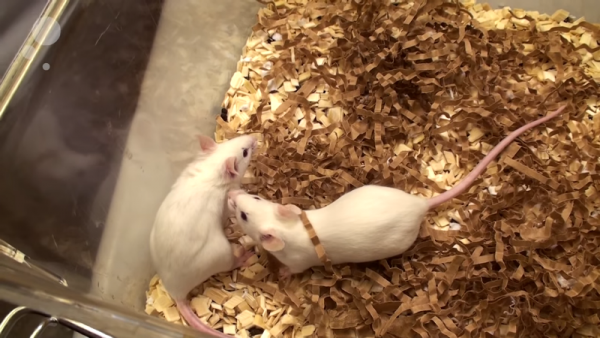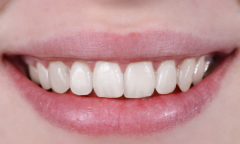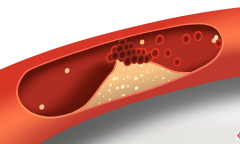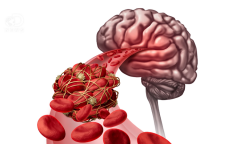By KM Diaz, | May 06, 2017

Researchers from the University of Texas Health San Antonio have been able to cure diabetes in mice without any side effects. (YouTube)
Researchers from the University of Texas Health San Antonio have been able to cure diabetes in mice without any side effects. The next goal of the team is to conduct human clinical trials in three years.
The immune system of patients with type 1 diabetes destroys all the beta cells which result in the loss of insulin in the body. For those who have type 2 diabetes both their insulin and beta cells fail to decrease and the body cannot use the insulin efficiently.
Like Us on Facebook
UT Health San Antonio researchers have found a potential cure for Type 1 and 2 diabetes after they successfully increased a specific type of pancreatic cells that produce insulin.
To be able to conduct human clinical trials in three years, researchers started the experiment first in a mouse model, and then with large-animal studies that cost about $5 million. These trials also preceded an application to the U.S. Food and Drug Administration for permission to investigate the new Drug. In January, the research obtained a U.S. patent.
According to Bruno Doiron, Phd., a co-inventor of the patent, it is their first time that diabetes has been successfully cured in mice without any side effects. However, the trial is based on a mouse model, which means caution is still needed. The next step is to apply the trial to large animals with a similar physiology with the endocrine system in humans.
Ralph DeFronzo, M.D., another co-inventor of the patent and chief of the Division of Diabetes at UT Health, explained the method of the therapy. First, they altered the cells in the pancreas, aside from beta cells, to secrete insulin and to respond only to glucose. That means that the altered cells will be similar to beta cells.
In the therapy, researchers utilized gene transfer. They used a virus carrier to introduce the selected genes in the pancreas. These selected genes will then unite to prompt digestive enzymes and other cell types to produce insulin.
The gene transfer allows altered cells to copy the characteristics of beta cells, in which insulin is only secreted in response to glucose. Researchers accurately regulated blood sugar in mice, which is a major improvement compared to the standard therapy for insulin and other diabetes medications.
The U.S. Food & Drug Administration approved the method of gene transfer using a viral carrier. The method has been proven to cure rare childhood diseases, and the Good Manufacturing Processes said that it is safe to use.
-
Use of Coronavirus Pandemic Drones Raises Privacy Concerns: Drones Spread Fear, Local Officials Say

-
Coronavirus Hampers The Delivery Of Lockheed Martin F-35 Stealth Fighters For 2020

-
Instagram Speeds Up Plans to Add Account Memorialization Feature Due to COVID-19 Deaths

-
NASA: Perseverance Plans to Bring 'Mars Rock' to Earth in 2031

-
600 Dead And 3,000 In The Hospital as Iranians Believed Drinking High-Concentrations of Alcohol Can Cure The Coronavirus

-
600 Dead And 3,000 In The Hospital as Iranians Believed Drinking High-Concentrations of Alcohol Can Cure The Coronavirus

-
COVID-19: Doctors, Nurses Use Virtual Reality to Learn New Skills in Treating Coronavirus Patients











